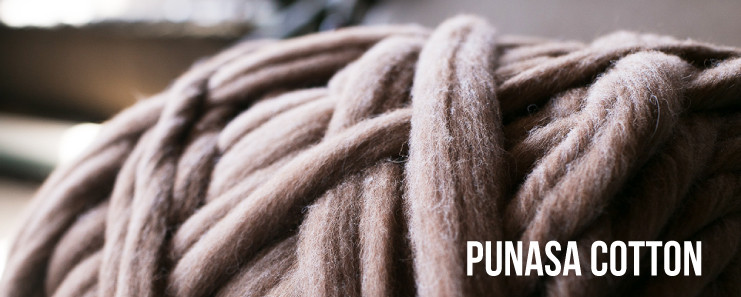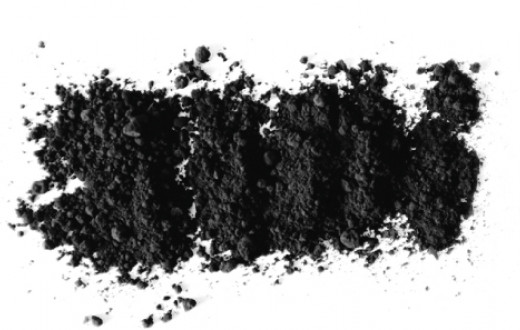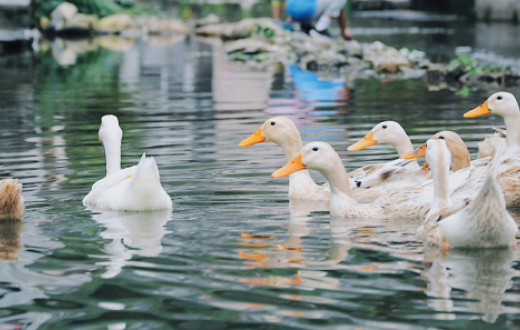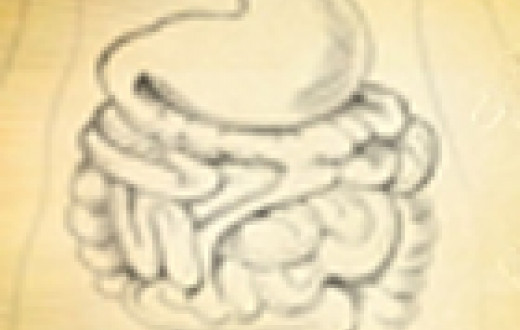Amazing facts about India.
Millennia ago, the beautiful ladies in Rome were besotted by a certain fabric that reached them from across the seas. Soft to touch, light, and graceful on wearing, the fabric inspired a few drapes and fashion styles among the Roman upper classes. Today, we know the fabric as the ubiquitous cotton. However, in the 1st century CE, cotton, indigo dyed-fabrics, and other produce from India were in great demand in Rome which gave pearls and gold in exchange. Cicero, the Roman orator, has recounted how 20 million gold coins were sent to India every year to bedeck Roman ladies in Indian clothes.
In 400 BCE, the Greek historian, Herodotus wrote in his book Historia: “In India, there are plants that produce sheep’s wool.”
The cotton plant in India was referred to as “wool that grew on plants” for a long time by the Greeks. Pliny the Elder gave it the name “cotton” after the fruit, mala cotonea that grew in Crete.
Thus, Rome was losing its wealth to India, which over time, led to a decision: the ban of Indian muslin around the 1st century CE. Perhaps it could be the world’s first trade ban.
Even in other parts of Europe between the 1st century BCE and the 1st century CE, the elite classes wanted this unique fabric extensively worn by the common people in India at the same time period.

The demand for the Indienne (Indian textiles) was so high that several units were set up in Europe to produce an imitation. France, Italy, Netherlands, Spain, Germany - all were swept in the craze of Indienne in the 1500s. Finally, Frederick William I banned Indienne in Marseilles in 1580 CE. The ban was intense with heavy fines imposed on those found guilty of wearing such fabrics. Corporal punishment was also introduced, stocks of garments were destroyed, and the police even ripped off the dresses of offending ladies walking on the streets.
This was very similar to the Swadeshi movement in India during the struggle for freedom from the British. This ban was a European Swadeshi movement of the 1580s.
The present day, gossamer cotton, was famed in ancient Europe. Known as ‘nebulla venti’, the cloth’s softness was equated to woven clouds. Herodotus has marvelled at the fabric’s fineness in his works as well.
Despite all these bans, cotton was one of the major exports in the Dutch East India Company records of 1680. The Dutch exported 1,12,00000 pieces of cotton textiles to their colonies and other parts of Europe for trade in a 5-year-period between 1684 and 1689 CE from the port of Machilipatnam.
Interestingly, India held this monopoly of cotton cultivation, production and trade for over 2,000 years. A forerunner in textiles, India specialized in cotton, associated dyes, prints, waves, machinery and, even, tailoring. India’s long thread of antiquity is amply supported by ancient, medieval, and modern texts.
For the very first time
The Vedas recognize Rishi Grusthayudha as the first person to grow cotton, stating that he grew cotton plants and drew cotton thread from them. He drew about ten measures from each plant, paving the way for planned quantified harvesting.
Organic substances such as cotton fibers disintegrate in soil, making it difficult to find millennia-old samples of cloth, paper or wood. However, some samples could get mineralized due to tight contact with highly corrosive metals such as copper or iron. Organic material then gets preserved and can tell a timeless story.

One such site is Mehergarh in Balochistan, part of ancient India where fibers of cotton were found mineralized in copper beads by the side of a skeleton’s wrist.
This is the oldest physical sample of cotton in the world, as the sample has been traced to 7th millennium BCE (9,000 years ago).
Detailed studies have proven that the fibers are from mature and ripe cotton seeds and were extracted using a refined process. This points to the maturity in the cotton cultivation method in India and fiber extraction 9,000 years ago.
There have been other samples of cotton excavated from other sites around the world but these date more towards 3rd and 2nd millennium BCE.
A sample of fibers and impressions of a woven cotton fabric found at Dhuweila in eastern Jordan, dating to around 4th millennium BCE have also been found. However ecological conditions have ruled out its local produce and the sample has been traced back to India.
This single thread of a 9000-year-old cotton bears many more startling discoveries:
* agriculture - this region has shown signs of continued cultivation, of agriculture and pastoral farms from 7th millennium BCE.
* trade - Indians were not only cultivating cotton but were also exporting cotton to Jordan or the West, as early as the 4th millennium BCE or 6000 years ago.
* metallurgy - Indians knew mining and moulding metals such as copper into beads. This mineralized sample of cotton fibres had been roll pressed around a rod and then cut and filed into beads.
More climates, more variety
Cotton plants were widely grown in India. The final product was referred to as karpasa, kapas, pinja, and panju. Each port of India exported the local variety of cotton that grew in its hinterland. India had not only learnt to clothe her people with plant fiber, but had also tweaked them to develop varieties based on local soil and climes to suit different needs and tastes.
For example:
* Jayadhar cotton from Karnataka
* Karunkanni from Tamil Nadu
* Kala cotton from Bhuj
* Ponduru cotton from Andhra region
* Punasa cotton from Rajasthan and
* Fine Comilla cotton from North East India, a cotton so fine that many meters of it could be fitted into a match box.
Muslin comes from Masuli, derived from Masulipatnam. This was the port on the Coromandel Coast from where cotton was exported to Europe and other countries. This port is still a vibrant town in India, now called Machilipatnam.
Influences the world
Indian cotton was sought after in other parts of the world as well.

* China: Zhou Qufei or Chou Chu-fei, was a Chinese government official who lived between 1135 and 1189 CE, during the Song dynasty. He wrote the “Ling-wai tai-ta : Sensational information from beyond the ranges” in 1163 CE and referred to the Vengi kingdom. A part of the Chola empire, the Vengi kingdom was popular with the Chinese and the Arabs for textile exports. Vengi, in the present Andhra region, includes the port of Machilipatnam from where textiles and other commodities were exported in large volumes, even during the colonial rule (17th century).
* Morocco: Ibn Batuta, the Moroccan explorer who was en route China, visited India in 1345 CE. At Beypore in Kerala, he was taken in by the soft local cotton fabric and worn as an upper cloth (shali known as selai in Tamil). From shaliyat came the French châle, Spanish chal, Italian scialle, Russian shal, and the English shawl.
* Japan: The country was under the rule of the Tokugawa Shogunate and the country’s 300 regional Daimyo during the Edo period (1603-1868). This period was known for its strict social order, economic growth, flourishing of arts and culture, environmental protection and, at the same time, insulation of Japan from foreigners or a selective foreign policy. During the Edo period, Indian cotton went to Japan as sarasa.
The glorious past shows us the way for future possibilities, intrepidity, and adventure. It is left to us to pick up the strings before industrialization and modernization severed these strains and strands.
The material has been sourced from @bharathgyan. This research team, led by a passionate husband-wife duo - Dr. DK Hari and Dr. Hema Hari, unearth some of India’s untold stories and make them contemporary. You can click here to buy any of their books on Indian civilization.





































